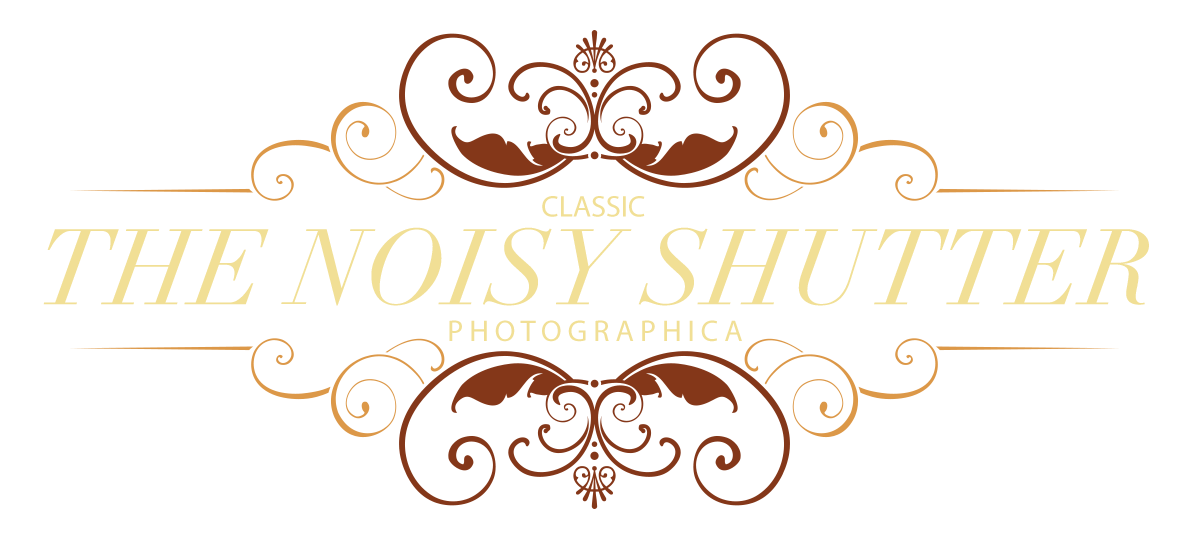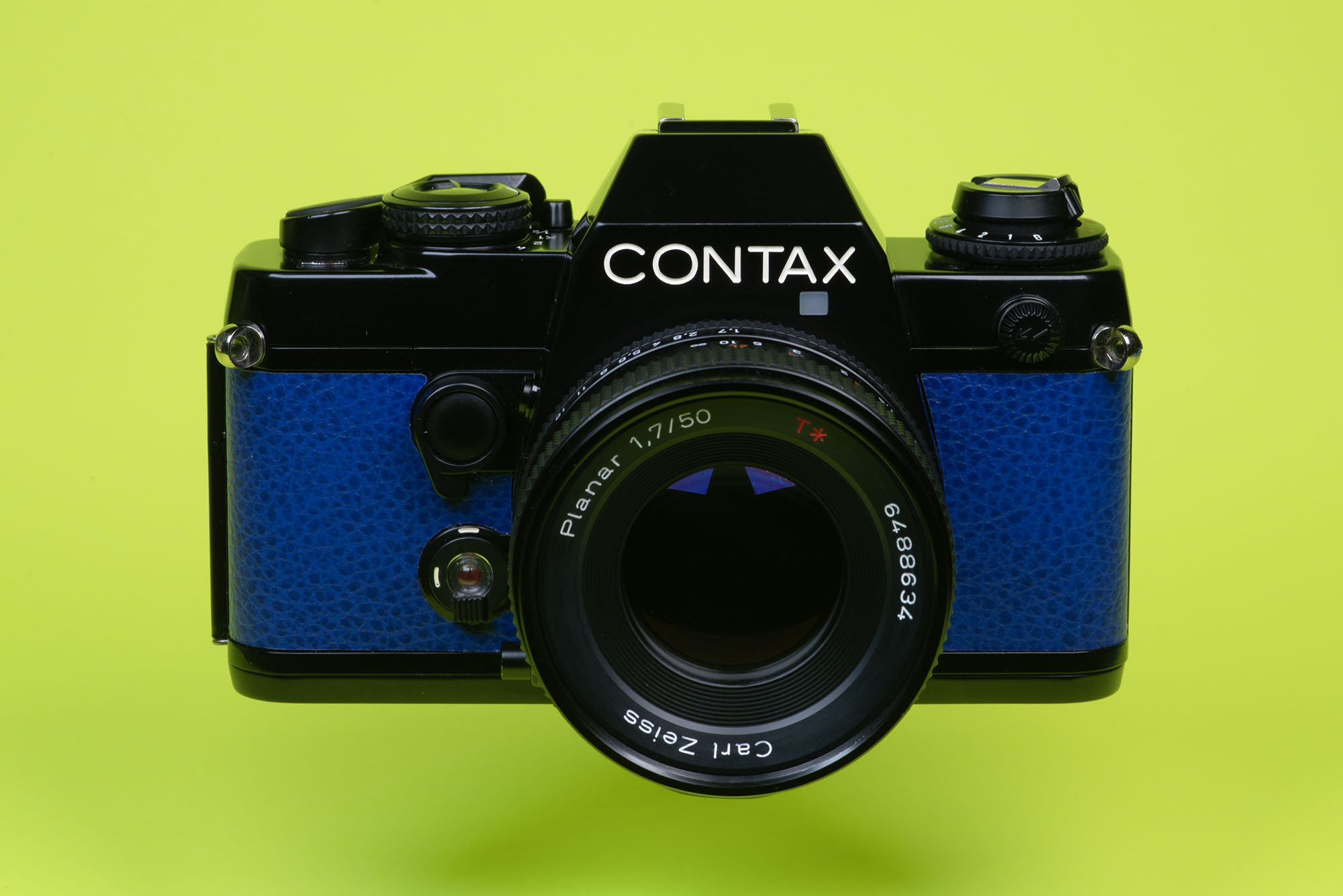I asked the lady at the thrift shop if she had seen any old cameras lately. There weren’t any on display, but it was worth asking. She went into the office and came out with two bags. One contained an old video camera, which didn’t interest me. Upon opening the other, all I could see was a lens cap poking up with “CONTAX” visible on it. My day was getting better already. I gently removed the lens cap to reveal additional names that make me smile: “Carl Zeiss” and “Planar”. The “T*” designation in red was the icing on the cake.
“Yep. It’s an old film camera. Do you have a price on it?” I said, as I nonchalantly rooted around in the bag. She did, and I happily paid it. I tried to hide my excitement and refrained from smiling too widely as I exited the store.
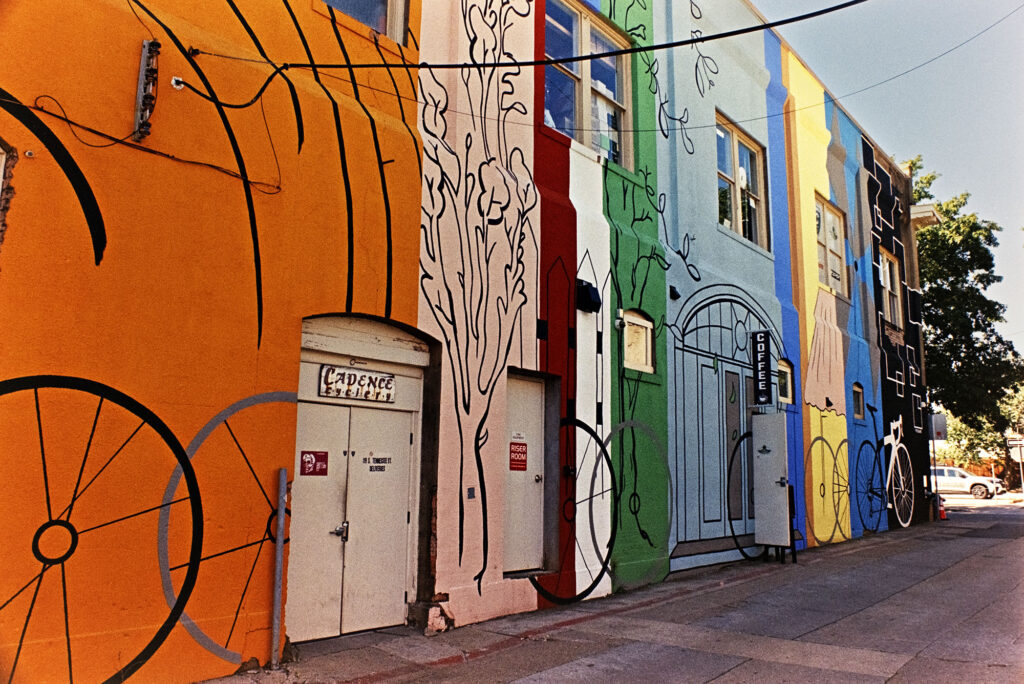
Thirty-something years ago I had a Contax SLR, with a Zeiss lens. It was an elegant camera with ample features and amazing glass. I was a financially-challenged college student with a shiny new toy. What I did not have was the budget to build a respectable Contax system. Zeiss lenses were simply out of my reach. Instead, I built a Minolta system (which I do not regret). I never forgot the joy of using that little camera, or the results I got with it.
My grandfather was an avid photographer, and was quite fond of Zeiss and Leitz lenses. Some of that rubbed off on me, I suppose. I was raised to believe that the sun rose and set behind German optics, and conditioned to expect quality from anything with a German name (with the possible exception of zungenwurst).
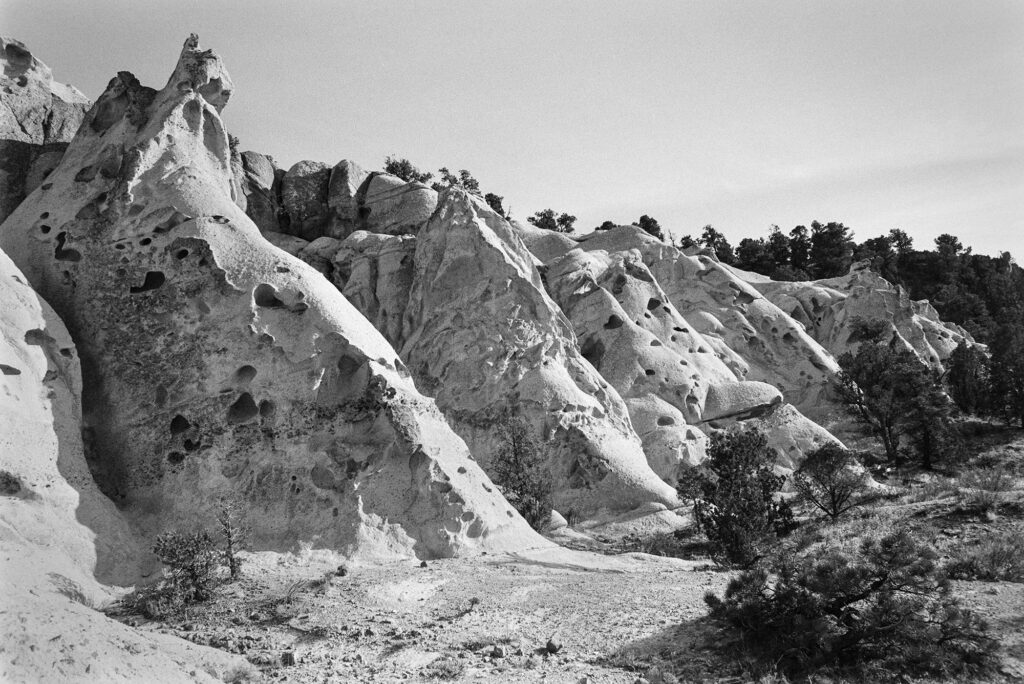
Despite the Contax and Zeiss branding, it is not as German as it sounds. An alliance was formed with Yashica, and the brand was revived in Japan a decade after the last of the Contax rangefinders was built in Stuttgart. In 1975 the Contax RTS was introduced, followed by the 139Q in 1979. The RTS and many subsequent models were styled in the Porsche Design Studio, and certainly inspired by their Teutonic roots, but ultimately built in Japan. Carl Zeiss lenses with the Contax/Yashica bayonet mount were also produced in Japan.
Upon pulling the Contax from the bag, I was a bit disappointed that the leatherette was badly decomposed. Apparently this is a common problem. I am no stranger to installing new camera coverings, and I knew this wouldn’t be a big deal. My wife suggested that perhaps a different color of covering might be fun, as she stared into my cabinets full of black leather and chrome.

We got on HugoStudio’s website and chose a bright blue recycled leather. The Contax’s old covering came off more easily and cleanly than I had anticipated. In twenty minutes or less the new covering was in place and got the nod of approval from my dear wife. I have ordered camera coverings from Aki Asahi, Cameraleather, and Hugo Studio. All have provided excellent products and service. I’ll put the links below.
All the mechanical functions were briefly checked prior to working on its appearance, as there is no point to putting lipstick on a pig. With new clothing, light seals, and a general cleaning, I loaded some film and shot a test roll. What I first noticed about this camera was the smooth action of the film advance. It rides on ball bearings, and feels a bit like a Nikon F3. It is smooth. In fact, all moving parts move very smoothly, exuding precision and inspiring confidence. There is a certain elegance in both its form and function.
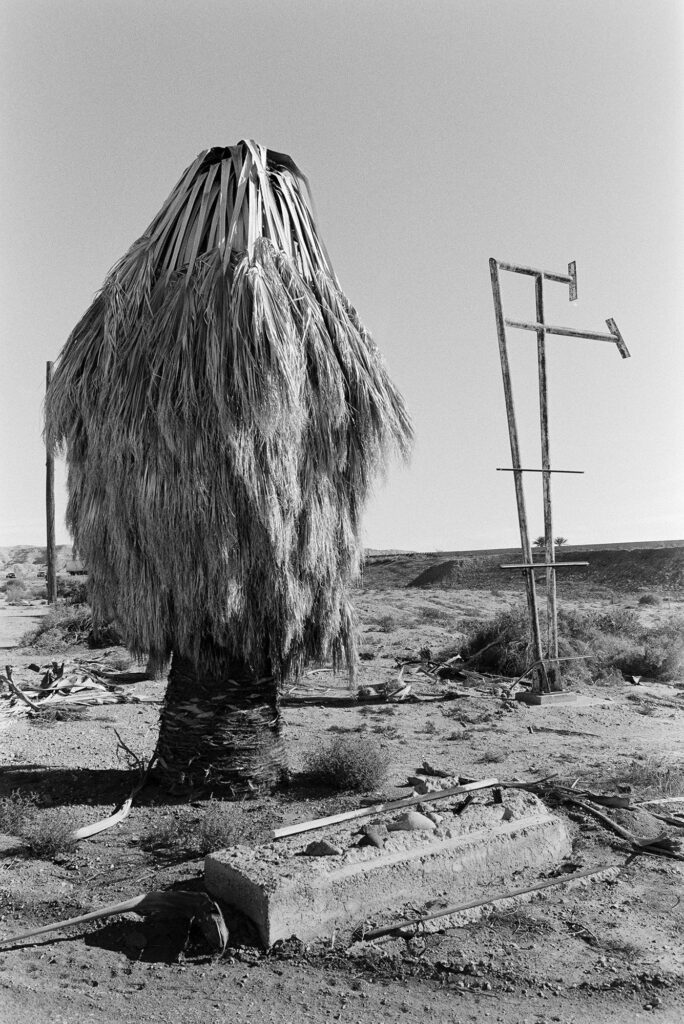
It can be argued that none of that results in better photos. I agree from a technical standpoint, but that elegance makes me want to pick it up and make photos with it. I would much rather work on improving my photography with my Contax 139Q than with my Zenit 11. Enjoying the process is important to me, and the quality of the tool is a significant part of the experience.
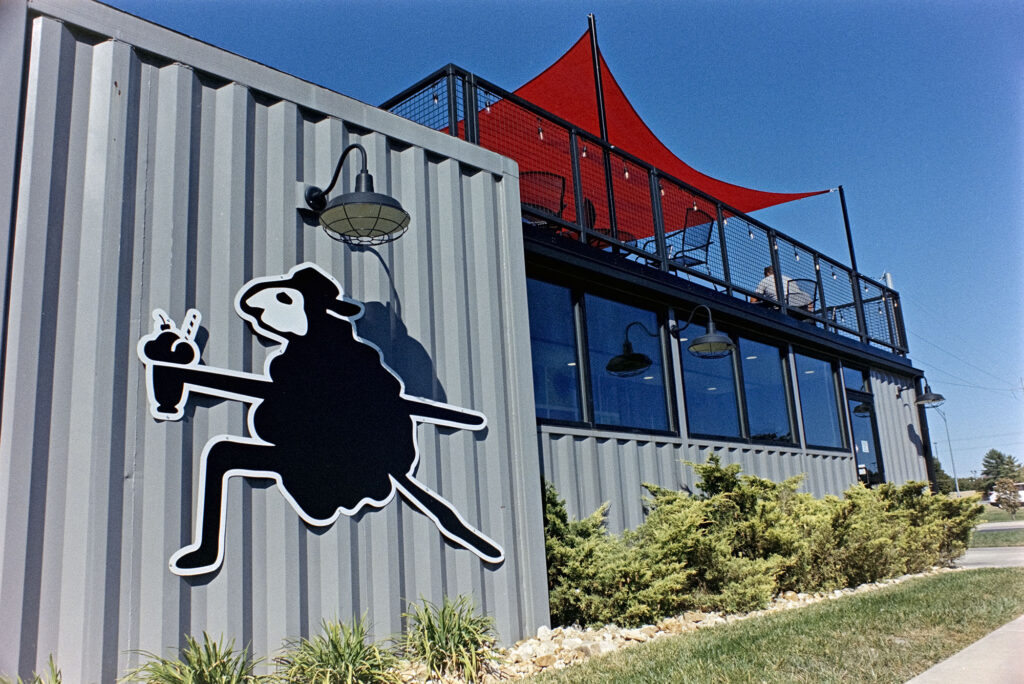
The Contax 139Q is a pretty straightforward SLR camera, but with a couple of quirks. I had forgotten that a button on the front turned on the exposure information in the viewfinder. There is no on-off switch, really, as the meter is activated with that button or the shutter release. It reads the light and adjusts the automatic exposure milliseconds before it trips the shutter, without any perceptible lag.
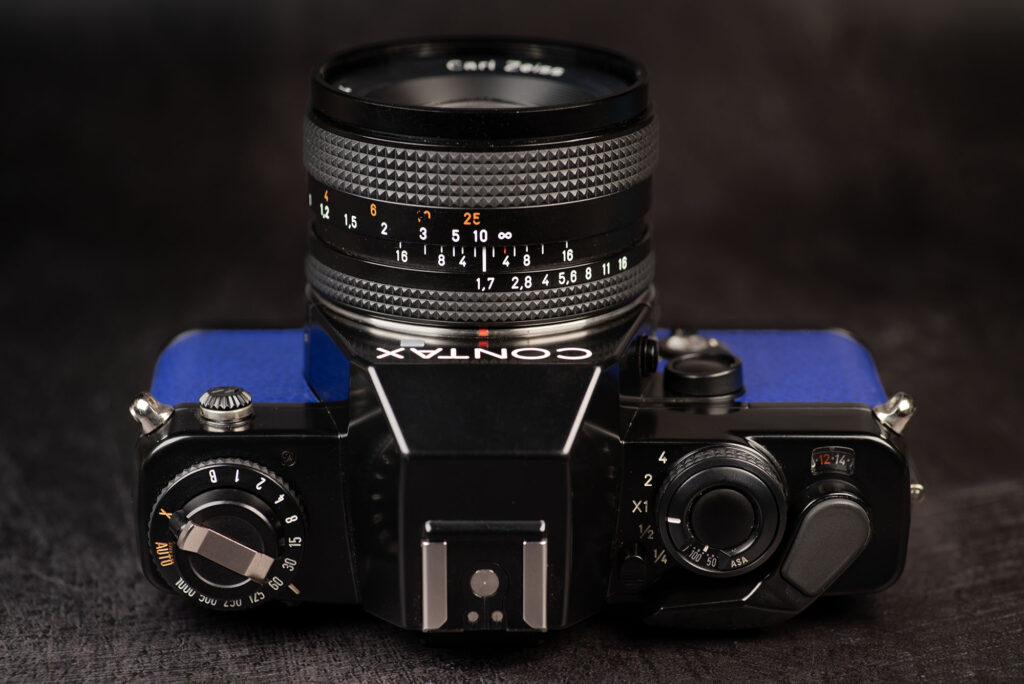
The second quirk is that the shutter speed dial is located on the left side of the top. Many contemporary cameras have this dial on the top right, or around the lens mount. Some seem to be annoyed by this; I kind of like it. While gripping the camera in the right hand, the left is free to change aperture or shutter speed. I find it more convenient than reaching over the top of the camera to change shutter speeds, or shifting the camera to the left hand to change speed with the right.

Third is the sliding switch just to the right of the pentaprism. The designers favored locking dials, as is evident in the ASA and exposure compensation dials. I’m not a big fan of this unless the dial is in a location where it is easily changed by accident. The switch unlocks the exposure compensation dial, but has a secondary function: multiple exposures. This switch disengages the take-up spool gears, allowing the shutter to be cocked and fired again without advancing the film.
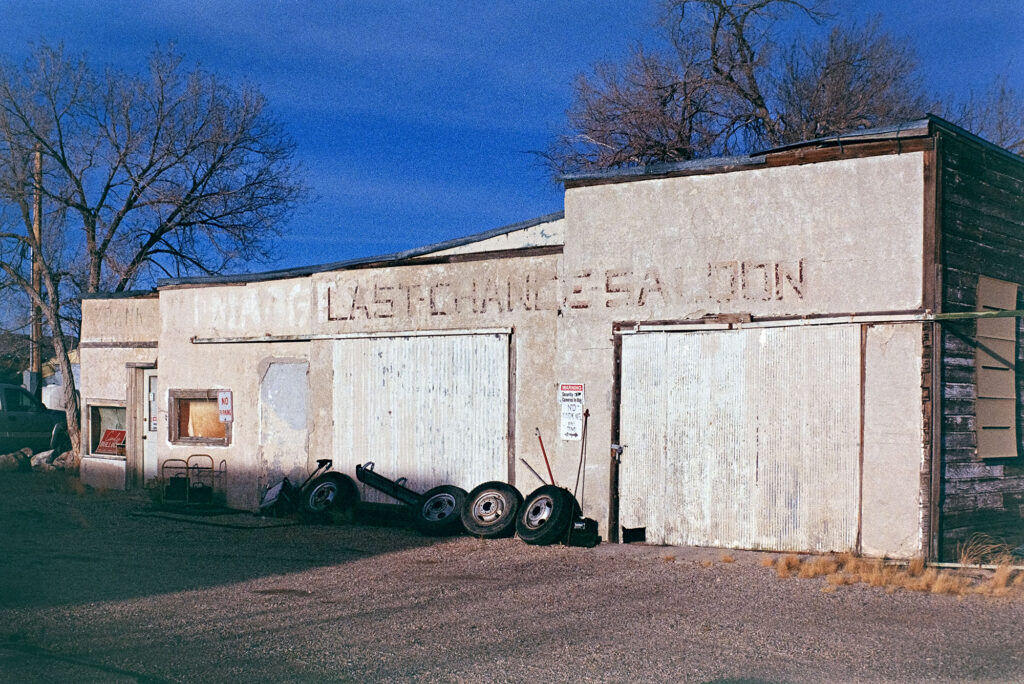
The location of this switch is the issue. The film advance lever makes it difficult to get two fingers on the exposure compensation dial. No problem…just move the lever out of the way. But, if I nudge the lever too far while engaging the switch to change exposure compensation, I disengage the film advance. This could potentially result in an accidental, doubly exposed artistic masterpiece that will grace the walls of elite galleries for decades to come. Or not.
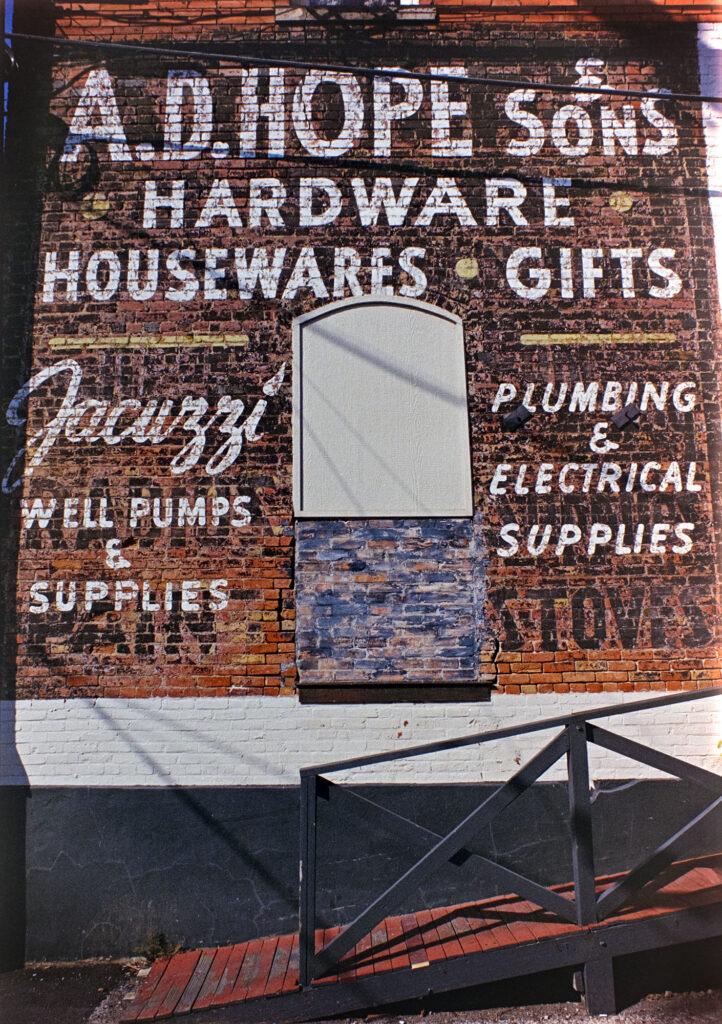
Fourth is the location of the cable release socket. This is right behind the film advance lever on the back. I don’t find it to be a real problem, but left-eye shooters or somebody with a wider melon may find it difficult to look through the viewfinder with it installed. The solution, if this is indeed a problem, lies in the order of operations (install cable release after the image is composed).
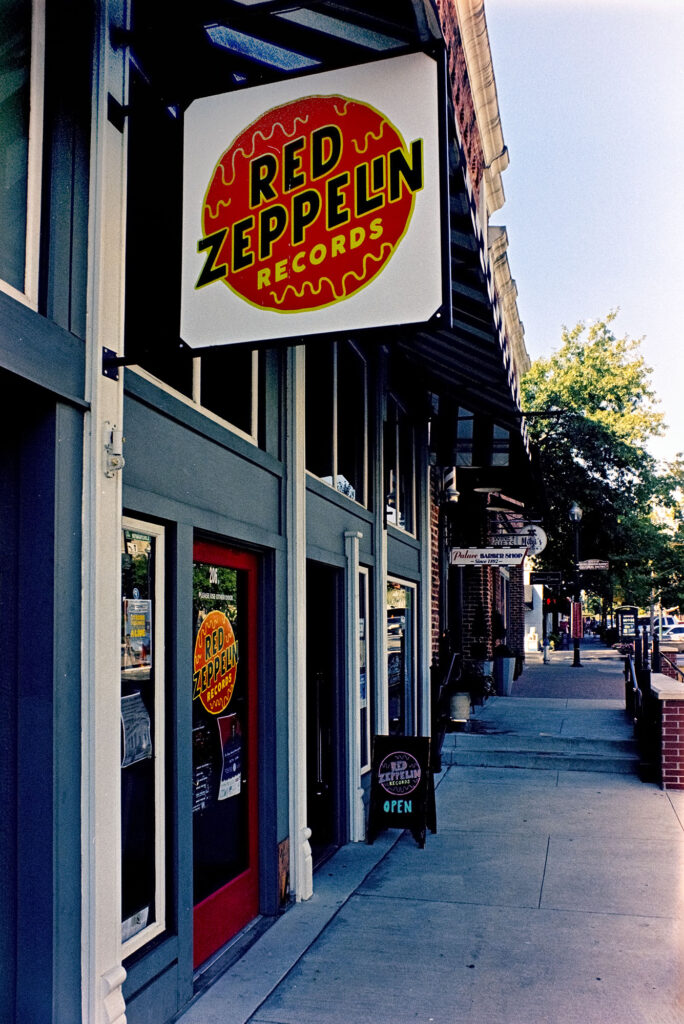
None of these quirks are deal-breakers for me; they are simply design features to which one needs to become accustomed. Tools are mastered through repeated use. Familiarity comes with practice.
Months ago in a camera shop’s bargain bin I had found a Yashica DSB 28mm f2.8 in the C/Y mount. This lens accompanied the 139Q on a recent road trip that started in Dallas, Texas, and ended in Kansas City, Missouri. I mostly shot film in McKinney, Texas, Bentonville, Arkansas and Springfield, Missouri. This Contax was a joy to carry and use. Residing in a small bag, the body, two lenses and a Contax flash traveled well.
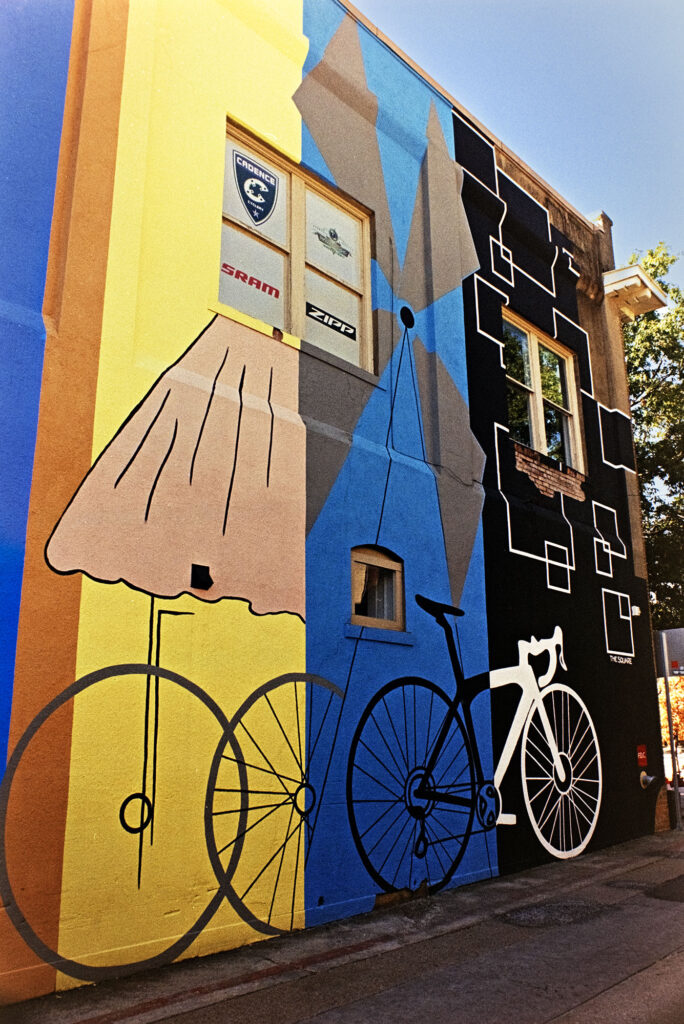
It was just as I had remembered from decades ago. Smooth action, great glass, and a splash of color made the experience worthwhile. The only problem I encountered was vignetting on the 28mm due to an undersized lens hood. I had checked it visually before leaving on the trip, and even stopped down I was unable to see the hood encroaching on the corners of the image through the viewfinder. Upon developing the film, it was visible in the corners of all the frames shot with the 28mm. Apparently the viewfinder coverage is less than I expected. It wasn’t that big of a deal, as I still got the shots as they were visible in the viewfinder. Nonetheless, it was a bit annoying.
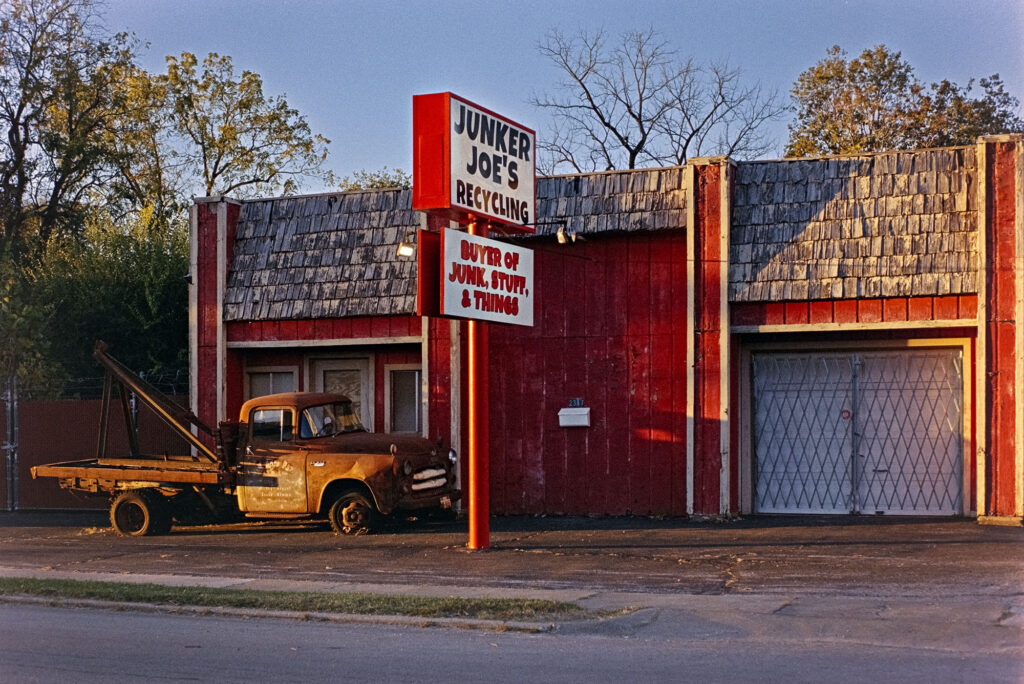
After I establish a relationship of trust with a camera’s light meter, I shoot most of my casual walk-around photos on Aperture-Priority mode, if available. Such was the case with the Contax, and it performed flawlessly. I was shooting mostly with the 28mm and wanted plenty of depth of field. Again, it met and exceeded my expectations. It is simply a joy to use.
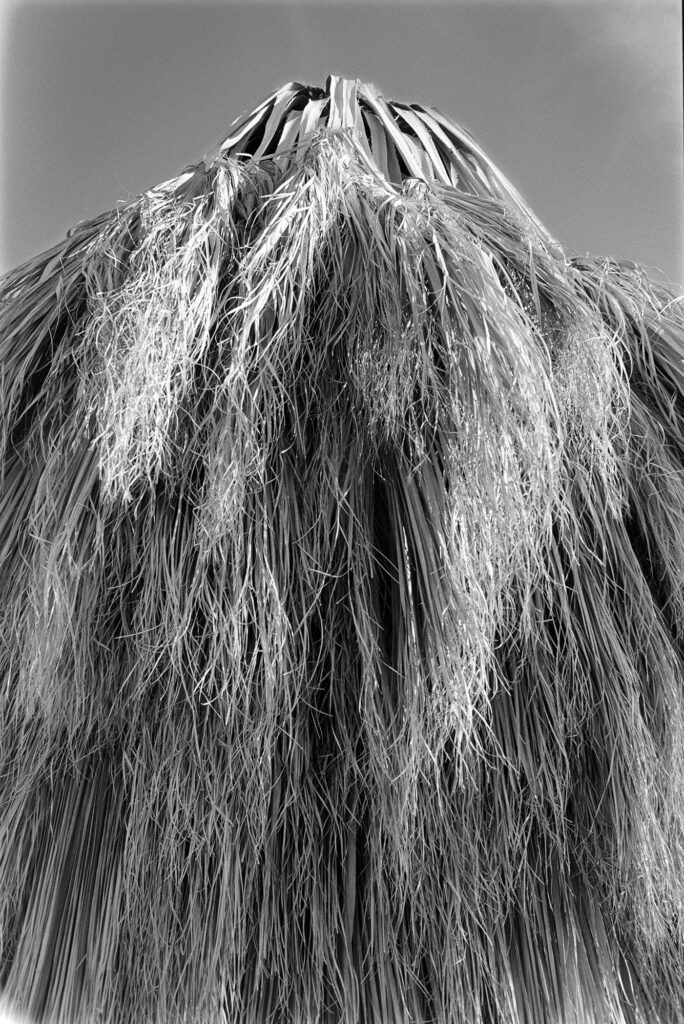
I accept that any electronically-controlled camera has a limited lifespan. I have no idea how long that will be with the Contax. Meanwhile, I will enjoy the experience of using a precision instrument as it was meant to be enjoyed. To be fair, I doubt the design engineers anticipated these cameras would still be used in 2024. So, I will be grateful for every frame it gives me.
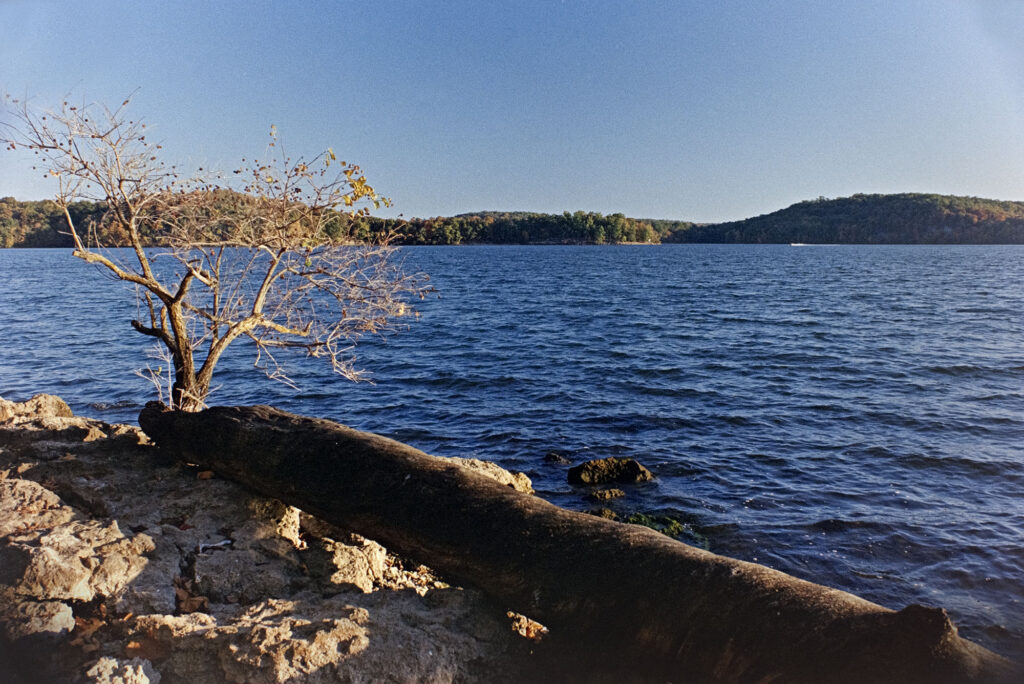
Specs, if you’re still awake…
Designation: Contax 139 Quartz 35mm SLR camera
Introduced: 1979
Manufactured: Japan
Lens Mount: Contax/Yashica (C/Y)
Weight: 502g (17.7oz)
Shutter: Vertical metal focal plane, electronically controlled (quartz timing)
Shutter Speed range: 1-1/1000 second plus bulb in manual, 11 seconds to 1/1000 in Auto.
Flash Sync: 1/100 second
ASA range: 12-3200
Hot shoe: Yes
Meter: Center-weighted TTL
Modes: Metered manual, aperture-priority
Battery: 2 x LR44 1.5v batteries (or equivalent)
Self-Timer: Yes
DOF Preview: Yes
Mirror lockup: No
Multiple exposures: Yes
Camera covering suppliers I have used:
